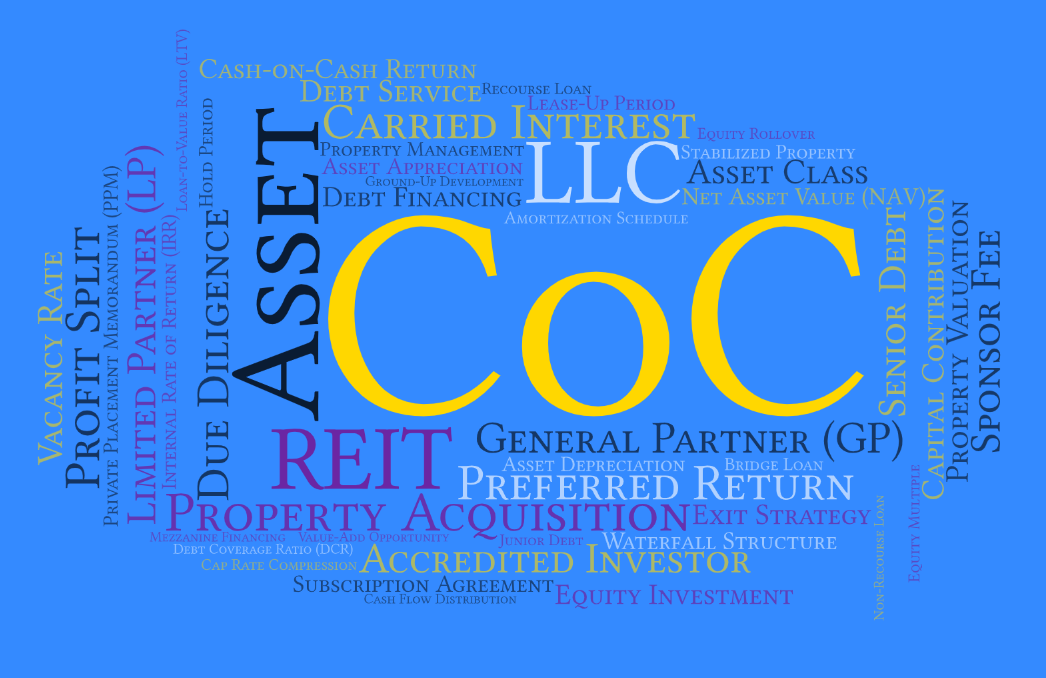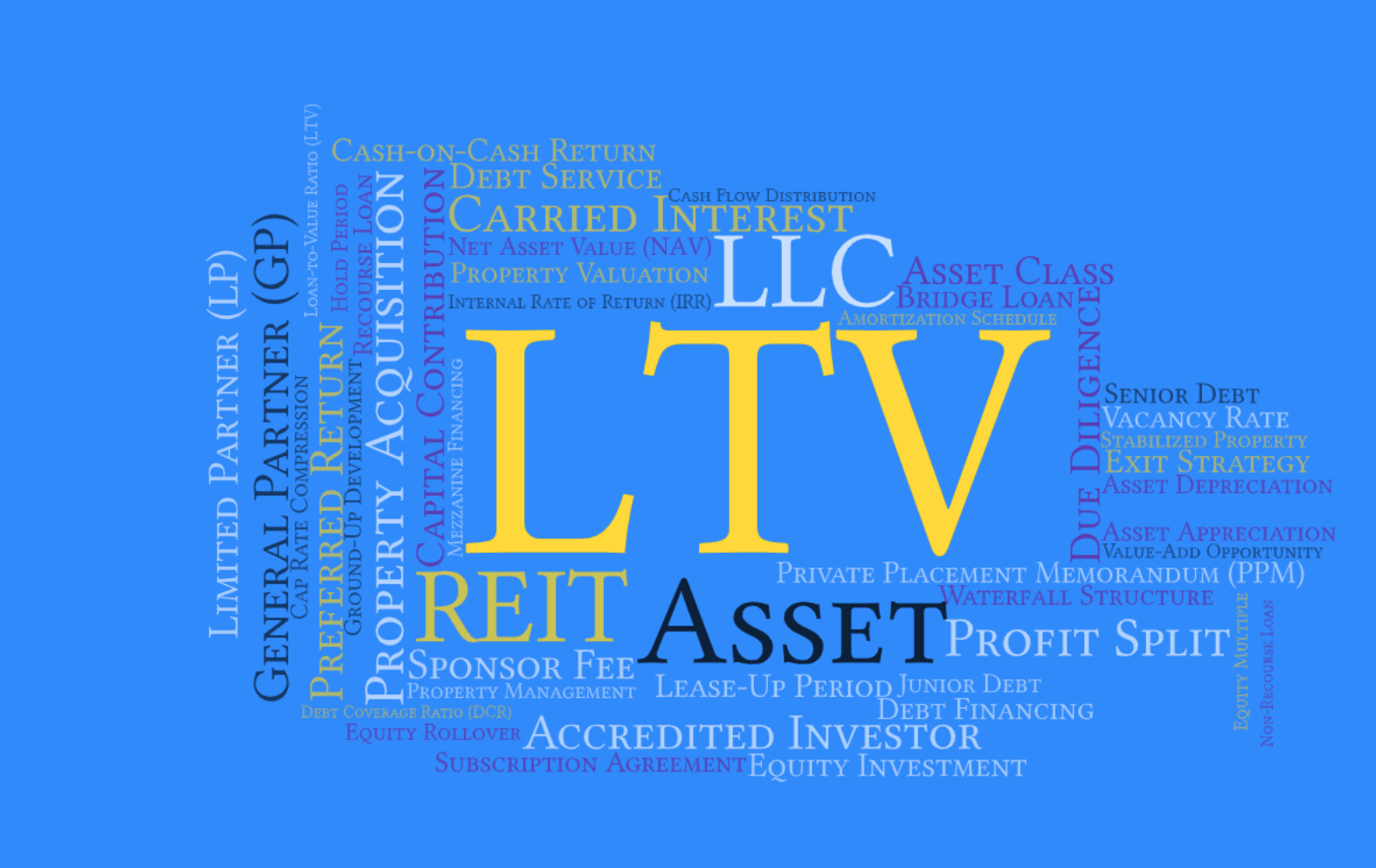What is Exit Cap Rate? 🎯
The exit cap rate, or terminal cap rate, is the rate at which a property...
In this week’s installment of our series "Decoding Real Estate Jargon," we’re diving into the concept of the Capital Stack. Understanding the capital stack is crucial for real estate investors as it lays the foundation for how an investment is financed and where various sources of funds sit in the hierarchy of repayment priority.
The capital stack represents the structure of all the financing sources used in a real estate investment. It includes the different layers of equity and debt that fund the acquisition and operation of a property. The capital stack is typically depicted in a vertical stack, with the least risky capital at the bottom and the most risky at the top. Each layer comes with its own return expectations, risk levels, and repayment priorities.
The bottom of the stack usually consists of senior debt, which is the first to be repaid in case of any cash flow or liquidation events. Above senior debt might be mezzanine debt or preferred equity, which have subordinate claims to cash flow compared to senior debt. At the top of the stack is common equity, which has the highest risk but also the highest potential return.
Senior debt is the most secure layer in the capital stack. This debt is typically provided by banks or institutional lenders and is secured by the property itself. The primary advantage of senior debt is its lower cost of capital due to its priority position in the repayment hierarchy. This means that in the event of a cash flow shortfall or property sale, senior debt holders are the first to be repaid.
Because of its low-risk nature, senior debt usually carries lower interest rates. However, it also comes with covenants and requirements that the borrower must adhere to, such as maintaining certain financial ratios. Senior debt is crucial for stabilizing the capital stack as it provides the majority of the funding required to acquire a property.
Mezzanine debt and preferred equity occupy the middle layers of the capital stack. Mezzanine debt acts as a bridge between senior debt and equity, often secured by a pledge of the equity interest in the property rather than the property itself. This type of debt carries higher interest rates than senior debt due to its higher risk position. In the event of default, mezzanine lenders have the right to convert their loan into equity, thus taking ownership of the property.
Preferred equity, on the other hand, is a form of equity that has priority over common equity in the payment of dividends and upon liquidation. Preferred equity investors typically receive fixed dividends and have a claim to assets before common equity holders. This layer provides additional funding flexibility while offering higher returns than senior debt, making it attractive to investors seeking a balance between risk and reward.
At the top of the capital stack is common equity, which represents ownership in the property. Common equity holders are the last to be repaid in the event of liquidation, making it the riskiest part of the capital stack. However, this risk comes with the potential for the highest returns, as common equity holders benefit from the appreciation of the property’s value and any residual income after all other obligations are met.
Investors in common equity typically include the property sponsors and general partners, who may also contribute a portion of the at-risk capital to align their interests with those of the passive investors. The success of common equity investments largely depends on the effective execution of the property’s business plan and market conditions.
For passive investors, understanding the capital stack is vital for assessing the risk and return profile of an investment. Each layer of the stack comes with different expectations and protections, influencing the overall performance of the investment. A well-structured capital stack can provide a balanced approach to funding, ensuring that both equity and debt investors' interests are safeguarded.
Investors should pay close attention to the details of the capital stack outlined in the investment's PPM (Private Placement Memorandum). This document will specify the structure of the financing, the repayment hierarchy, and any covenants associated with the debt. By thoroughly analyzing the capital stack, investors can make more informed decisions and better understand the potential risks and rewards of their investment.
The capital stack is a fundamental concept in real estate syndications that helps investors understand how an investment is financed and the hierarchy of repayment priorities. From senior debt to common equity, each layer of the capital stack carries its own risk and return characteristics, providing a comprehensive framework for evaluating investment opportunities. At Blue Path Holdings, we pride ourselves on transparent and strategic structuring of our capital stacks to align with our investors' goals and ensure the success of our projects.
If you’re interested in learning more about how we structure our deals and the opportunities available for investment, please don’t hesitate to contact us. Understanding the capital stack is just the beginning of making informed and profitable real estate investments.
Let's Continue the Conversation: We invite you to engage with us in several ways:
Explore Opportunities: Discover how our syndications can improve your retirement plan. Contact us to explore investment opportunities and gain insights into the path to passive income. CLICK HERE to schedule a call.
Subscribe to Our Blog: Stay informed about the role of real estate in retirement planning. Subscribe to our blog and receive regular updates, expert advice, and success stories.
Connect on Social Media: Join our community on social media to interact with like-minded individuals who are also on the journey to a prosperous retirement.
CLICK HERE to schedule a call.
Download our free e-book at the link https://content.bluepathholdings.com/free-ebook.

The exit cap rate, or terminal cap rate, is the rate at which a property...

Understanding the financial metrics used in real estate investing is crucial for making informed...

In our ongoing series "Decoding Real Estate Jargon," we're diving into the Loan-to-Value (LTV)...